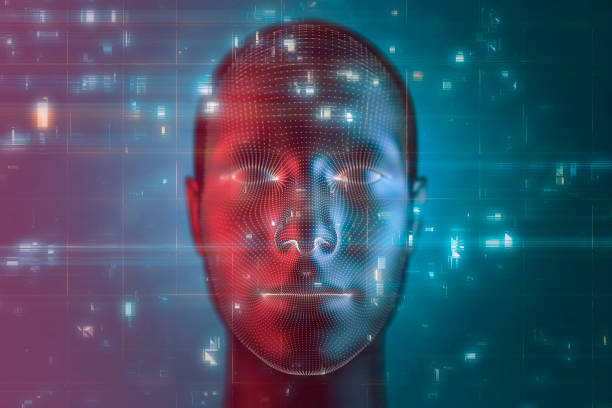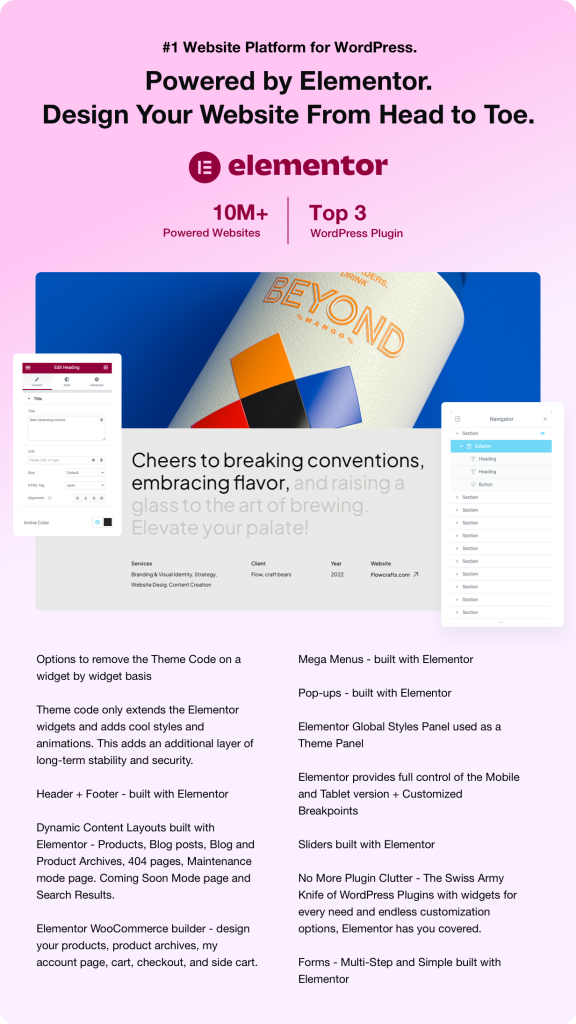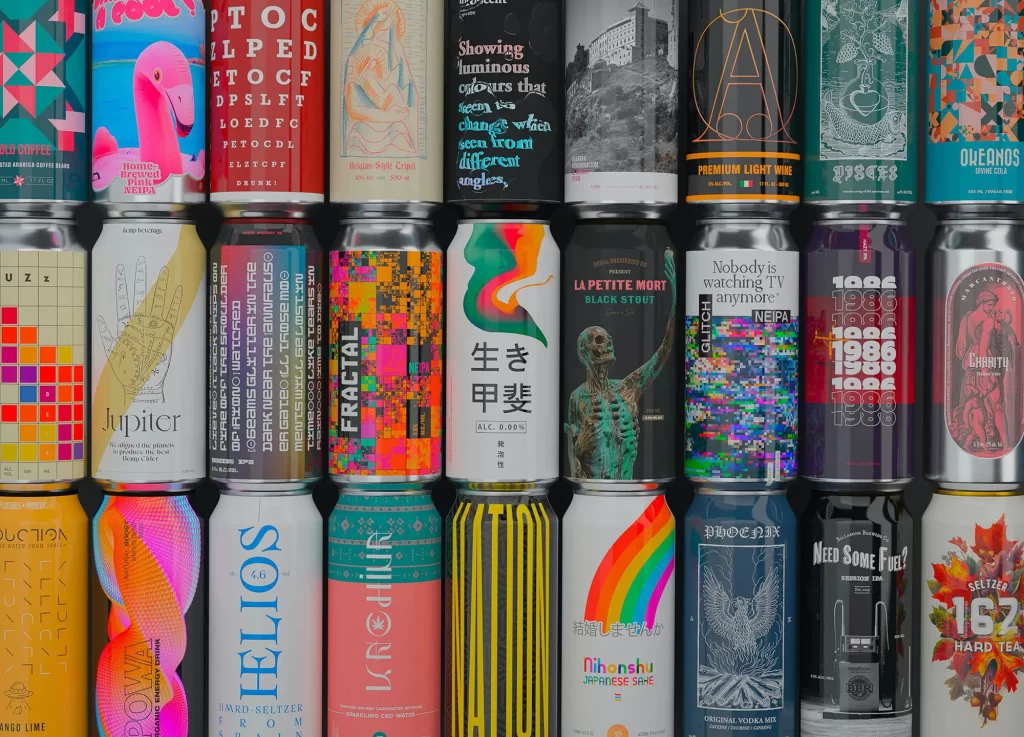In recent years, the technological landscape has been evolving rapidly, ushering in innovations that redefine how we interact with our devices, manage applications, and optimize our workflows. Central to this evolution is the concept of Distributed AI Operating Systems (AIOS) and the emergence of Personal AI Assistants integrated into the very fabric of operating systems. These advancements not only enhance user experiences but also shape the future of artificial intelligence in our daily lives.
.
**Understanding Distributed AIOS: A Paradigm Shift in Computing**
Distributed AI Operating Systems represent a significant leap forward in computing architecture. Unlike traditional operating systems that usually function on a singular, centralized framework, Distributed AIOS leverage distributed computing principles to provide a more efficient, scalable, and resilient framework for application management. By distributing computational tasks across multiple nodes, these systems enable parallel processing, thereby enhancing both speed and performance.
.
The core of Distributed AIOS lies in their ability to manage resources intelligently. They utilize machine learning algorithms to learn from user behavior and application requirements, dynamically allocating resources where they are needed most. The benefits of such systems are manifold, including reduced latency, increased uptime, and improved user satisfaction. For instance, by analyzing usage patterns, an AIOS can preload applications that it predicts will be utilized next, minimizing wait times.
.
**The Integration of Personal AI Assistants in Operating Systems**
One of the most striking features of modern AIOS is their integration of Personal AI Assistants. These assistants, powered by advanced natural language processing and machine learning capabilities, facilitate a more seamless interaction between users and their operating systems. Think of them as an intelligent layer that sits between the user and the multitude of applications, mediating tasks and streamlining workflows.
.
Personal AI Assistants in operating systems can perform a variety of functions, from managing schedules to executing complex commands with simple voice inputs. As these assistants evolve, they become more contextually aware, meaning they can provide recommendations based on historical user behavior, preferences, and even the specific tasks at hand.
.
A prominent example of this trend can be seen in popular operating systems such as Android and iOS, where Google Assistant and Siri respectively offer users the ability to perform tasks through voice commands. These AI Assistants take it a step further by integrating with various apps, enabling users to manage their daily tasks in a more comprehensive manner. However, the future holds even more potential as we move towards fully integrated Distributed AIOS, wherein personal assistants become deeply embedded within the operating system framework itself.
.
**AI-Powered Application Management: Enhancing Efficiency and User Experience**
AI-powered application management is integral to the advantages distributed AIOS provide. With the ability to analyze an enormous array of data points, AI can effectively manage applications to ensure optimal performance. For instance, through predictive analytics, these systems can determine which applications are likely to be used based on time of day, historical usage data, and user preferences.
.
This predictive capability serves to enhance user experience significantly; an AIOS can preemptively open applications, allocate necessary resources, and even suggest the most pertinent applications based on the user’s current task. This dynamic management not only boosts efficiency but also keeps the operating system responsive and agile.
.
Moreover, AI-powered application management paves the way for improved security and resource allocation. These systems can identify unusual activity or resource usage patterns that may signal a potential security threat. By employing AI algorithms, they can implement proactive measures to safeguard sensitive data, thereby enhancing security protocols without requiring constant manual oversight by the user.
.
**Real-World Applications and Use Cases: A Practical Perspective**
While the theoretical benefits of Distributed AIOS and Personal AI Assistants are compelling, their real-world applications reveal a practical edge that is already transforming industries. For instance, in the field of healthcare, AI-powered systems are being integrated into electronic health records (EHRs) to predict patient needs and suggest treatment options based on individual health data. By employing Distributed AIOS, medical professionals can receive intuitive recommendations that streamline patient care, ultimately yielding better outcomes.
.
Another industry experiencing a paradigm shift thanks to Distributed AIOS is finance. Organizations can deploy AI-driven systems to manage trading applications, where algorithms recognize patterns and execute trades based on real-time data analysis. With the ability to process massive datasets rapidly, these systems empower financial institutions to minimize risks and maximize profits.
.
In the realm of education, we’ve seen the adoption of personalized learning technologies powered by AI. These applications assess student performance and tailor educational content accordingly, adapting to the individual learning pace and style of each student. By leveraging a distributed AIOS, educational institutions can enhance their digital learning environments, ensuring that students receive a customized experience that promotes effective learning.
.
**Challenges and Future Perspectives in Distributed AIOS**
Despite the immense potential of Distributed AIOS and Personal AI Assistants, there are challenges that must be addressed as we move forward. Concerns regarding data privacy and security remain paramount, especially as these systems gather vast amounts of personal data to improve their functionality. Striking a balance between providing personalized services and protecting user privacy requires robust security measures and transparent data handling practices.
.
There’s also the challenge of ensuring compatibility across different devices and platforms. As Distributed AIOS gain traction, developers must craft solutions that maintain seamless integration across heterogeneous systems, whether they are IoT devices, mobile phones, or desktop environments. This will necessitate the establishment of clear standards and protocols.
.
Looking ahead, the future of Distributed AIOS is bright, featuring deeper integration with emerging technologies such as edge computing and blockchain, which hold the promise of enhancing the capabilities of these systems even further. The rise of AI ethics and governance will also shape the development and deployment of these technologies, ensuring they serve humanity’s best interests while minimizing unintended consequences.
.
**Conclusion: Embracing the New Era of AI in Operating Systems**
As we stand on the brink of a technological revolution, the emergence of Distributed AI Operating Systems and Personal AI Assistants heralds a new era in computing. These innovations promise to transform not only how we interact with devices but also how we manage applications and workflows across numerous fields.
.
By understanding the capabilities, challenges, and practical applications of these systems, we are better equipped to embrace the future of technology, harnessing the power of AI to create more efficient, personalized, and secure digital experiences. The continued convergence of AI and operating systems will undoubtedly shape the trajectory of workplace productivity and user experience, revolutionizing our interaction with technology in profound ways.
.
**Sources:**
1. Brown, T., & Huang, P. (2022). Distributed AI Technologies: Future Applications and Trends. *Artificial Intelligence Journal*, 35(4), 112-130.
2. Smith, J. E. (2021). Personal AI Assistants: Revolutionizing Human-Computer Interaction. *Human-Computer Interaction Review*, 18(3), 75-88.
3. World Economic Forum. (2023). AI-Powered Application Management in Enterprises. Retrieved from [weforum.org](https://www.weforum.org/)
4. Microsoft Research. (2023). Distributed AI Operating Systems: Enhancing Performance and Security. Retrieved from [microsoft.com](https://www.microsoft.com/)
5. McKinsey Global Institute. (2022). AI in Health Care: Transforming Patient Care and Outcomes. Retrieved from [mckinsey.com](https://www.mckinsey.com/)
6. International Journal of Digital Finance. (2021). The Impact of AI in Financial Trading. *Journal of Finance and Banking*, 22(1), 44-59.
7. Educational Technology Research and Development. (2023). AI-Driven Personalized Learning: A Review of Current Trends. Retrieved from [etrd.com](https://www.etrd.com/)
By building a comprehensive understanding of Distributed AIOS, Personal AI Assistants, and AI-powered application management, we can anticipate the next wave of innovation that will inevitably reshape our technological landscape.





















